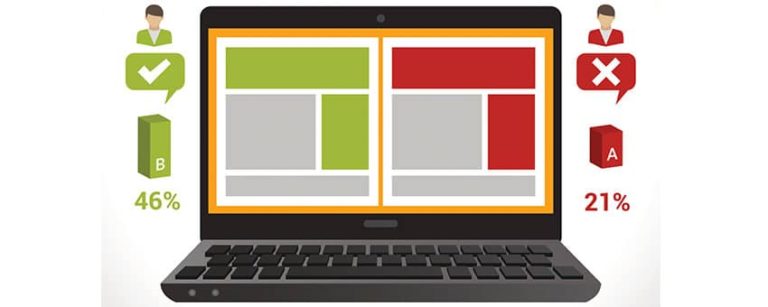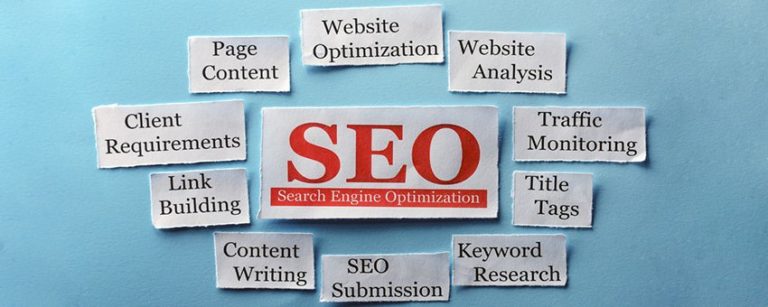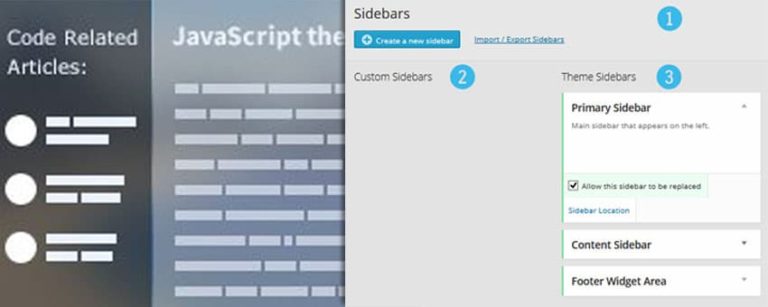Responsible Website Re-Design
Let me preface this article with two important points:
- By redesign, I mean more than a brand evolution. I am referring to completely changing the look, feel functionality of your website. It may include moving from one platform/CMS to another. It may include changing your content, or information hierarchy/site map, or all the above. Ultimately, it means a significant overhaul to your entire website and how visitors will use it.
- If you have a website that does not get a stitch of traffic, there is no harm that can come to you by making major changes to your website. Get your website objectively focused on conversions, and start driving traffic to it.
In this article, I am speaking to the website owner that is seeing success online and now wants to reinvest into their website for greater success.
With that said, I want to make a simple point that, if taken to heart, may make or break your online success…
Every time you make a change to your website, 3 groups (mentioned below), integral to your online success, are affected. Those changes can have a positive or negative impact. The more things that change simultaneously, the harder it is to know what worked, and what failed.
So who are these 3 integral groups, and how is it that they are negatively affected…
Group 1: The Visitor
This is the obvious one. Anyone who comes to your website is impacted by the changes that you make. The bigger the change(s) the more they are impacted. This is compounded by the frequency your visitors return to the website. If your visits are primarily unique, first-time, visits then this is a moot point.
On the other end of the spectrum, if you have a significant amount of repeat visitors then they will have to be reacclimated to the website. During this time of re-acclimation, conversion rates may drop as your users adopt the change.
If my conversion rate drops, how long do I wait to see if it rebounds?
Good question and there is not a steadfast answer. It really depends on how much traffic you get. You have to have a decent sample size, which may be 1000 visitors over a few days. If you aren’t generating that, you should be more worried about advertising. A good indicator is looking at your new visitors and your repeat visitors’ behavior independently. If new visitors post-change have behavior more favorable than pre-change it is likely that repeat visitors will follow suit, and conversions will rebound to be stronger than they were previously. If they don’t, regroup.
Group 2: The Search Engines
I don’t have to stress the importance of search engines. They make or break a business online as they either send you traffic or they don’t. Before we dive into what changes can affect your website’s relationship with them, let’s look at their goal. Search engines, more specifically Google, value the end-user (your potential visitors) above all else. They want to provide a great web experience for that end-user and avoid being the liaison to a bad one. They realize as this article describes, that changes to a website can negatively impact the end-user, so they don’t take them lightly.
So what changes can have a negative impact on my search engine standings.
Anything that causes negative reactions from your visitors and more. The search engines can see if your bounce rate goes up, and that is a clear indicator that there is an issue with your site. They can also see if the content has changed. To them, this means that the business may have changed, and that change may not have been for the better. Redesigns, new platforms/CMS, new servers, etc. are all indicators of major changes that may affect the end-user, and reason for the search engines to proceed with caution when it comes to sending you traffic. Whatever you do, do not remove content or take down pages. Leave them there and redirect (301) them to new pages with better content.
Group 3: Your Staff
Changing a CMS is a big change, but so is adding new functionality that requires ongoing administration, especially if this will require creative and technical resources. Too many of these changes at once can cause new inefficiencies, overworked staff, overextended financial resources, or simply that new bell and whistle on your website being unutilized altogether.
Be Smart… Be Responsible
My goal in this article is not to scare you into never making changes to your website. On the contrary, you should ALWAYS be making changes to your website. The web is evolving every day and you have to embrace this and evolve with it. Too many businesses neglect their businesses for 6 or 12 months, or more, and then want to make a big development push, and, as I hope you understand now, this is a recipe for the disaster. Keep in mind, that even if your website, or some aspect of it, is terrible and the change is clearly for the better, if there is too much change all at once you may still yield bad results. You need to be committed to perpetual development. Many incremental changes consistently made over a 12 month period of time will yield superior results to the same changes made all at once. Furthermore, you will have more insight into what worked, and what didn’t and be able to use that knowledge as you continue to improve your web presence.
That sounds great, but how do I do that?
Step 1 – Create a list of objectives. That is the starting place. Don’t be doing things to do things. Do them for a purpose. Accomplish a goal.
Step 2 – Prioritize that list based on the value it brings to you and your customers.
Step 3 – Develop a plan, a strategy, to accomplish that goal while always keeping those 3 integral groups in mind.
Step 4 – Identify the tasks necessary to execute the strategy, and don’t forget to have a plan to measure those results.
Step 5 – Implement your plan.
Step 6 – Monitor results.
TIP: You can make notations in your analytics when significant events happened (started a new PPC campaign, sent a mass email, got regional news coverage, MADE AN UPDATE TO THE WEBSITE NAVIGATION, etc).
Step 7 – Regroup if unsuccessful. If successful, note what worked, and how more success could be realized with this initiative.
Repeat steps 3-7 monthly for the top priority objective not yet completed, and steps 1 & 2 quarterly.
















